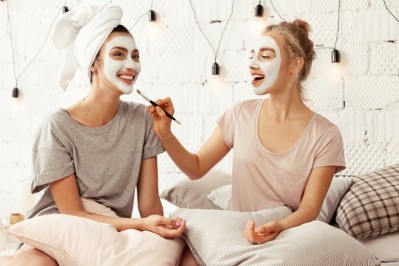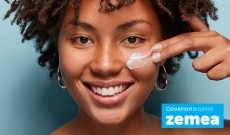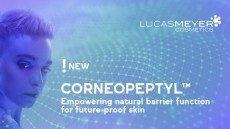L’Oréal exec: Science can overturn consumer misinterpretations - 'to face perception, you need facts'

Last month, global beauty major L’Oréal published four scientific reviews in a special issue of the Journal of the European Academy of Dermatology (JEADV) analysing the safety of mineral oils, phenoxyethanol, octocrylene and titanium dioxide nanoparticles used in cosmetic formulations.
Funded by its Active Cosmetics Division, the reviews were conducted on these four substances in a bid to debunk consumer misinterpretations. Each review was conducted by independent researchers, along with researchers on L’Oréal Active Cosmetics’ Scientific Advisory Board including L’Oréal Active Cosmetics’ global medical and communications director Bertrand Chuberre who worked on two out of the four reviews.
CosmeticsDesign-Europe caught up exclusively with Chuberre to talk in more depth about why such work was critical and why L’Oréal had chosen to focus on just four key ingredients.
‘We really wanted to add something independent’
“The ingredients topic is huge and never-ending. What we tried to do with this work – it’s been a huge amount of work – is to have a review of the literature, based on what has been published, what has been assessed by authorities and what was in the ‘grey’ literature. We really wanted to add something independent,” Chuberre said.
The four ingredients reviewed, he said, had been chosen because they formed a “very important part” of numerous cosmetics products – used for hydration (mineral oils) and protection (UV filters), among other things.
The peer-reviewed scientific reviews took around ten months to complete, he said, and involved various international experts.
“It’s very important to have these reviews by independent experts published in a scientific journal,” he said, particularly with to goal of debunking consumer misinterpretation over ingredients – a rising problem in the fast-paced digital and social world.
“To face perception, you need facts. ...What people perceive is not necessarily fact; the facts are the science – it’s what has been demonstrated – and once you get the science, you need to educate people. That is key.”
Translating science into ‘something understandable’
The next stage, Chuberre said, was translating this science into “something understandable for each stakeholder” – one of the biggest challenges when tackling “complex topics”.
L’Oréal, for example, had launched a website last year - Inside Our Products - covering ingredients used across its portfolio and detail on the company’s commitment to safety, he said.
What was important for the cosmetics sector, Chuberre said, was communicating to consumers that lots of ingredients stayed on the skin and didn’t penetrate – the case with mineral oils, for example and making the concepts of risk and exposure clearer.
“For any substance - including very common ones like water, alcohol, sugar - there is a risk if you are exposed to the substance and if this exposure is important (the dose) and lasts a long time (the duration) – this is how all regulatory bodies assess risk,”
From a cosmetics toxicology standpoint, Chuberre said the margin between exposure and risk was huge. "During toxicity studies, the toxicologists are looking for the dose that shows side effects. It’s mostly through the oral route with very, very high doses which cannot be extrapolated to a cutaneous administration, especially if there is no penetration of the ingredient, so you are never be exposed to the dose where you can find side-effects.”
The problem was that data on exposure and risk, he said, was being misinterpreted by consumers who hadn’t gone deeper on the topic.
“We want to be very transparent; we want to be very open and we want people to understand that everything is based on science, and in terms of safety, at times we go further than the regulations require.”
Future scientific debunking work?
Asked if L’Oréal’s work on the four scientific reviews formed the start of bigger plans for the company to continue such work, Chuberre said: “For the moment, we haven’t decided yet to go further; to go further with more ingredients.”
However, he said the company was looking closely at new topics and listening to feedback from industry professionals like dermatologists and pharmacists working on a day-to-day basis with consumers. It would also continue to educate its teams, partners and listen to their needs, he said.






















